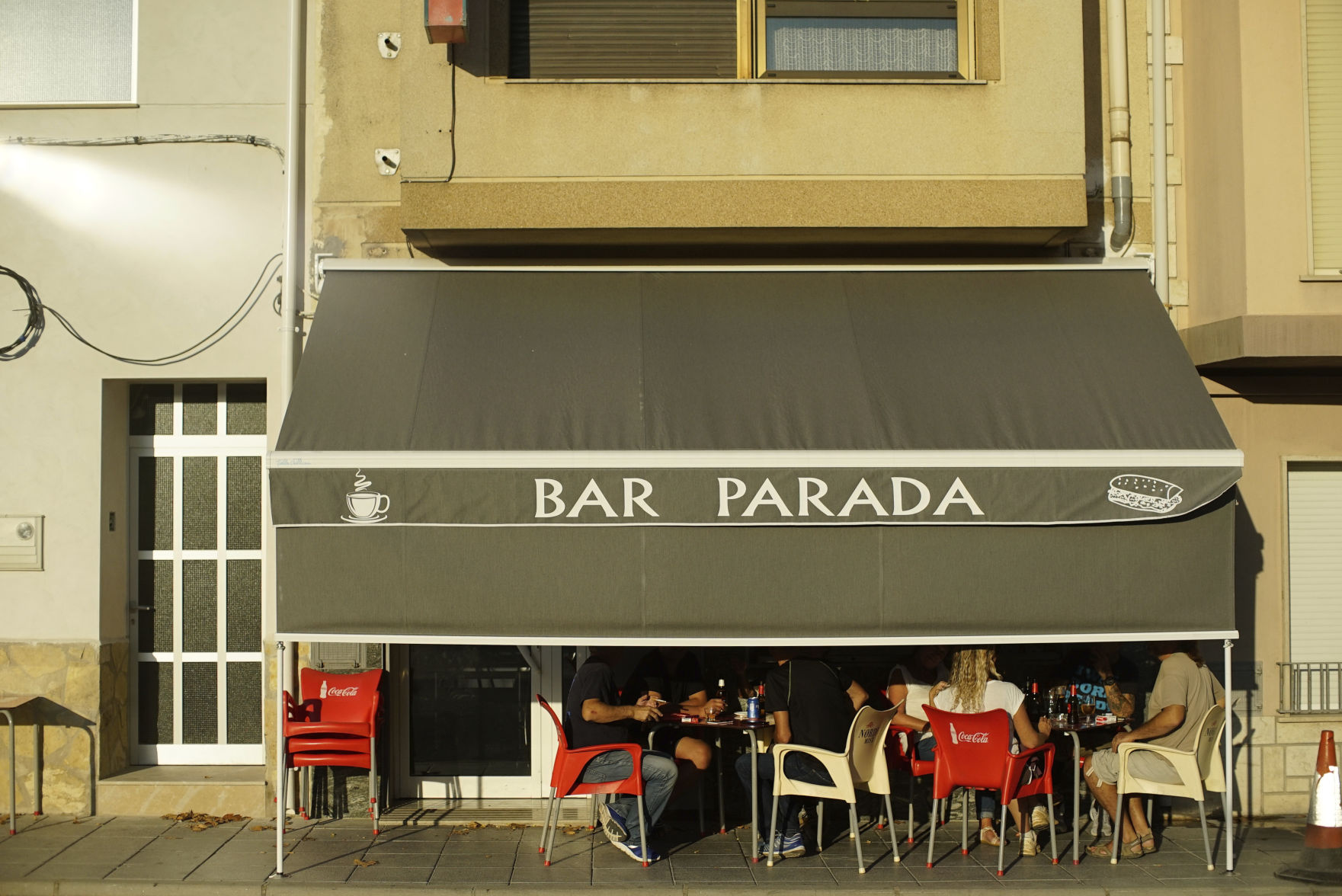SAN RAFAEL DEL RIO, Spain (AP) — The river that runs through San Rafael del Rio, a quiet rural town with a population of just over 500, provides a natural boundary between the Spanish regions of Catalonia and Valencia. Now
SAN RAFAEL DEL RIO, Spain (AP) — The river that runs through San Rafael del Rio, a quiet rural town with a population of just over 500, provides a natural boundary between the Spanish regions of Catalonia and Valencia. Now residents are worried that the escalating conflict between Spanish and Catalan authorities will split the town in two.
“People are nervous and scared because they feel this is a free-fall,” said Guadalupe Espinosa, a 47-year-old psychologist who lives on the Catalan side of the river. “I don’t like armies or borders, but maybe we will have one here. Who knows?”
Catalan leaders have said they will declare independence for the northeastern region after receiving overwhelming support for secession in a weekend referendum that Spain declared illegal and tried to stop by force. That could have particular implications for San Rafael, where the border cutting through the town until now has been a mere curiosity.
Most of San Rafael, including the town hall, is in the Valencia region, which has no plans to leave Spain. But it shares with Catalonia irrigation, roads, electricity supply and even the phone dialing prefix. Mayor Domingo Giner downplayed the conflict’s impact on the town, saying neighbors on either side of the Senia river co-exist peacefully.
“The town has other problems beyond defining its territorial entity,” said Giner, a 55-year-old pig farmer who represents the conservative Popular Party of Spanish Prime Minister Mariano Rajoy. “We need to respect each other. Our residents understand Catalonia is part of them.”
There was no outward sign of conflict this week in San Rafael, where a fountain sputtered peacefully on the main plaza as the occasional tractor rumbled by. A 100-meter (100-yard) bridge connects the main part of town with the Castell neighborhood on the Catalonian side. Some residents said they got along just fine, even though some identified as Catalans and others as Spaniards.
“Valencia and Catalonia are different, but even though the border exists, it’s the same town,” 20-year-old lifeguard Natzari Reverte said.
But others, especially those old enough to remember Spanish dictator Gen. Francisco Franco’s crackdown on separatism, said tensions have risen in recent years amid the growing animosity between Catalonia’s pro-independence leaders and the Spanish government in Madrid.
“I have a brother who is pro-independence but we can’t talk about it, because it gets tense, and I don’t want to fight,” said Hector Reverter, a 74-year-old retiree having pre-lunch beers with friends at a gas station restaurant on the outskirts of the town.
Only those living on the Catalan side were able to vote in the referendum, casting their ballots in the nearby Catalan town of Ulldecona. According to preliminary results, about 90 percent of ballots cast were for independence, but many opponents are believed to have ignored the referendum. Turnout was around 40 percent.
Reverter lives on the Catalan side but opposes independence and said he would move to the Spanish side if the river were turned into the external boundary of an independent Catalonia.
“I don’t want to see any border,” Reverter said. “I want to die and not see it.”




